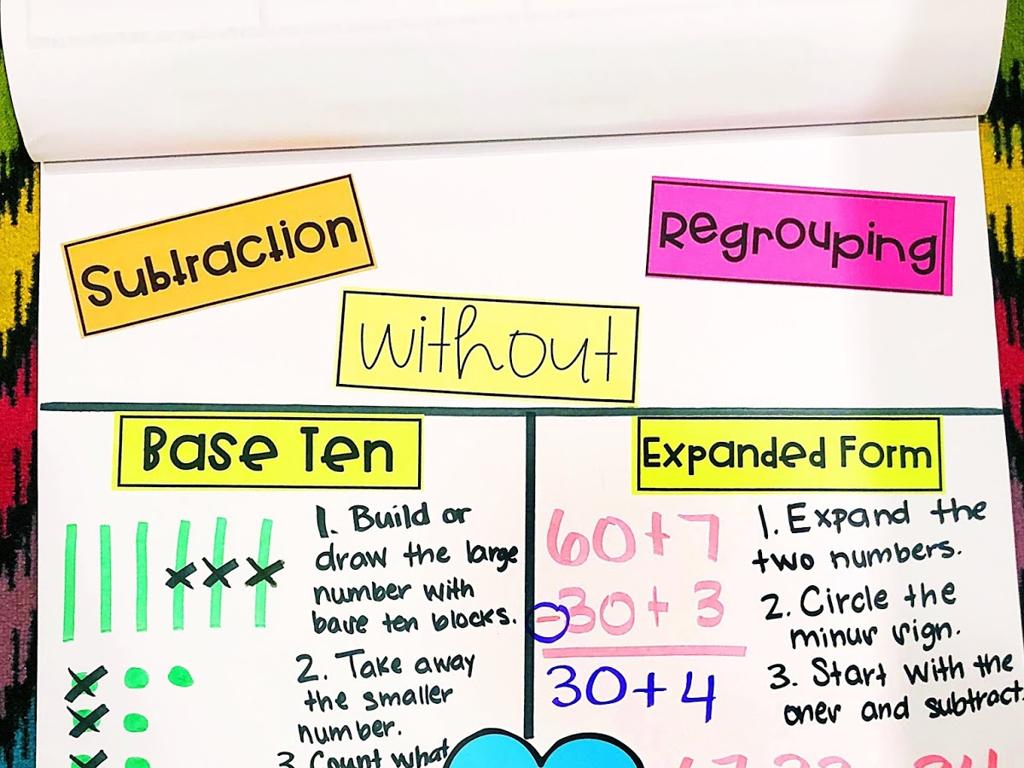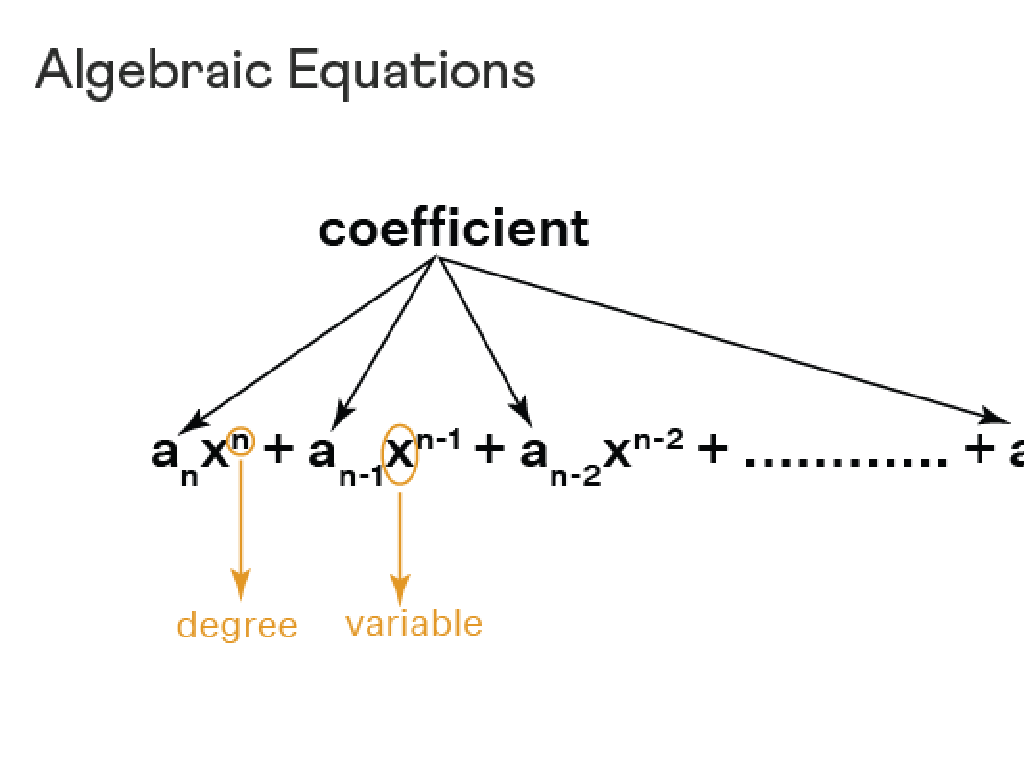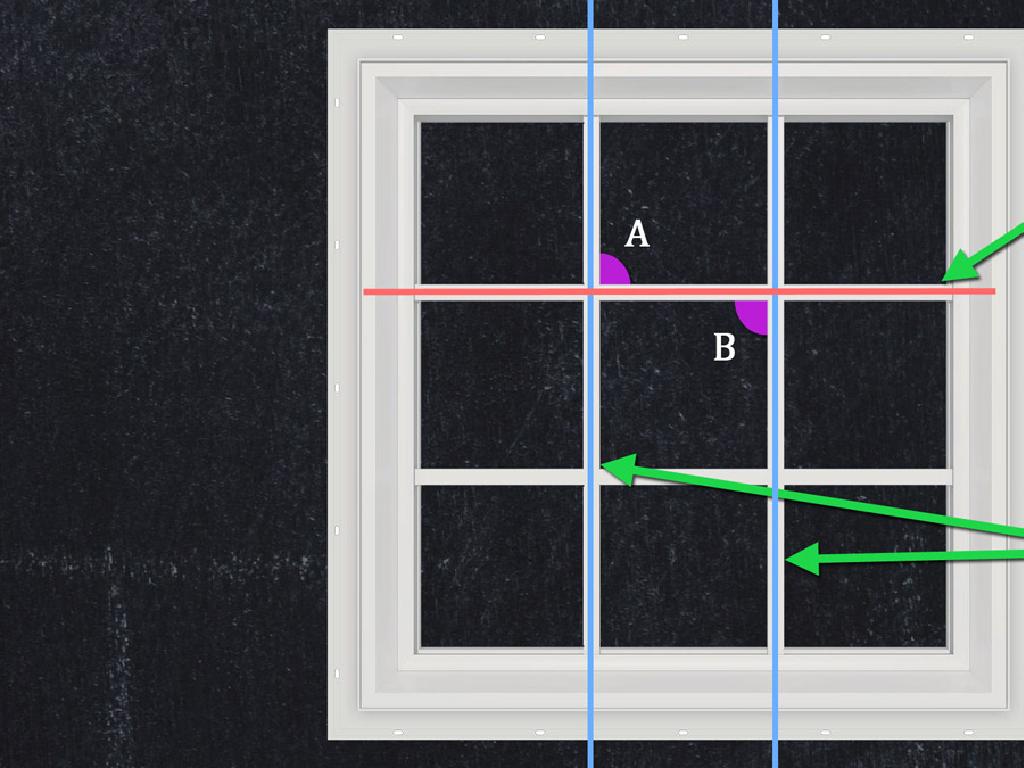Dilations: Find The Coordinates
Subject: Math
Grade: Eighth grade
Topic: Transformations And Congruence
Please LOG IN to download the presentation. Access is available to registered users only.
View More Content
Dilations: Expanding Our View
– What are dilations in geometry?
– A transformation that resizes objects proportionally
– Real-world examples of dilations
– Zooming in on a camera, resizing a digital image
– Calculating dilation coordinates
– Use the scale factor and original coordinates to find new points
– Dilation’s role in transformations
|
This slide introduces the concept of dilations within the broader topic of transformations and congruence. Dilations are a type of transformation that alters the size of a figure without changing its shape. They are characterized by a scale factor that enlarges or reduces the figure proportionally. Real-world examples, such as zooming in with a camera or resizing an image on a computer, help students connect the concept to everyday experiences. Teach students how to calculate the coordinates of a dilated figure by multiplying the original coordinates by the scale factor. Emphasize that understanding dilations is crucial for comprehending how transformations affect shapes and space in both math and the real world.
Understanding Dilations in Geometry
– Define dilation in geometry
– A transformation that resizes a shape, keeping it similar to the original.
– Characteristics: Center, Scale Factor
– Center: fixed point; Scale Factor: ratio that determines size change.
– Dilations: Enlargements or Reductions
– Enlargements increase size; reductions decrease size.
– Impact on coordinates
– Coordinates change based on the scale factor and center of dilation.
|
This slide introduces the concept of dilations, a type of transformation in geometry that alters the size of a figure but not its shape. The key characteristics of a dilation include the center of dilation, which is the fixed point in the plane, and the scale factor, which determines how much the figure is enlarged or reduced. It’s crucial to explain that dilations can produce an image larger (enlargement) or smaller (reduction) than the original. Emphasize how the coordinates of the original figure are affected by the scale factor and the position of the center. Provide examples of both enlargements and reductions, and guide students through the process of finding the coordinates of the dilated image.
Understanding Scale Factor in Dilations
– Scale factor definition
– Scale factor determines how much a figure is scaled up or down.
– Enlargements with scale factor > 1
– If scale factor is 2, the image is twice as large as the original.
– Reductions with scale factor < 1
– If scale factor is 0.5, the image is half the size of the original.
– Scale factor's role in size
– It directly affects the dimensions of the dilated image.
|
This slide introduces the concept of scale factor and its impact on the size of geometric figures after dilation. A scale factor greater than 1 indicates an enlargement of the original figure, while a scale factor less than 1 indicates a reduction. It’s crucial for students to understand that the scale factor is a multiplier that applies to the coordinates of the original figure to determine the coordinates of the image. Provide examples of different scale factors and their effects on a figure’s size. Encourage students to practice finding the new coordinates of a figure after dilation with various scale factors.
Dilations: Finding the Coordinates
– Calculating dilated image coordinates
– Use the dilation formula (kx, ky) where k is the scale factor
– Multiply by the scale factor
– If the scale factor is 2, multiply both x and y by 2
– Example: (2,3) with scale factor 2
– (2,3) becomes (4,6) after dilation
– Practice with different scale factors
|
This slide introduces the concept of finding the coordinates of a dilated image, which is a key skill in understanding geometric transformations. To calculate the coordinates of a dilated image, students must multiply the original coordinates by the scale factor. For example, if the original coordinates are (2,3) and the scale factor is 2, the new coordinates will be (4,6). It’s important for students to practice this with different scale factors to understand how dilation affects the size and position of shapes on a coordinate plane. Encourage students to work through several examples and to check their understanding by graphing the original and dilated figures.
Dilation in the Coordinate Plane
– Plot pre-dilation points
– Mark original coordinates on graph
– Dilation’s effect on position
– Dilation changes distance from origin
– Interactive dilation example
– Use a point and scale up by 1.5 times
– Scale factor 1.5 effects
– Observe how points move outward
|
This slide introduces students to the concept of dilation within the coordinate plane. Begin by plotting the original points on a graph. Explain how dilation affects the position of these points, emphasizing that it changes their distance from the origin. Engage students with an interactive example where they dilate a point using a scale factor of 1.5, observing how the point’s coordinates change. This will help them understand that a scale factor greater than 1 results in an increase in distance, effectively ‘zooming out’ on the plane.
Real-World Applications of Dilations
– Dilations observed in nature
– Patterns in flowers and galaxies show natural dilation examples.
– Dilations in digital technology
– Zoom features in maps and cameras are technological dilations.
– Dilations’ role across fields
– From art to astronomy, dilations help us understand scaling.
– Understanding dilation coordinates
– Learn how to calculate the changed coordinates after dilation.
|
This slide aims to show students how the mathematical concept of dilations is not just a theoretical idea but is actually applied in the real world. By observing patterns in nature, such as the arrangement of petals in flowers or the spiral arms of galaxies, students can see how dilations manifest in natural structures. In technology, the ability to zoom in and out on digital maps or using a camera is a practical application of dilations, changing the scale of an image while maintaining its proportions. Understanding dilations across various fields highlights the concept’s importance and versatility. Additionally, students will learn to find the coordinates of a point after a dilation, which is a fundamental skill in understanding how dilations affect size and position in a coordinate plane.
Class Activity: Let’s Practice Dilations!
– Understand dilation objectives
Objective: Identify and perform dilations on a grid to understand scale transformations.
– Gather materials for activity
– Follow dilation instructions
Students will use graph paper to dilate points with a specific scale factor.
– Perform dilations with scale factor
Use rulers to accurately measure and plot the dilated points.
|
This activity is designed to help students understand the concept of dilations in a hands-on manner. Provide each student with graph paper, a pencil, and a ruler. Explain that dilation involves resizing a shape on a grid without altering its proportions. The scale factor determines how much the shape will be enlarged or reduced. Give students a set of original points and a scale factor, then guide them through the steps of finding the coordinates of the dilated shape. Encourage students to check each other’s work for accuracy. Possible activities include dilating a triangle by a scale factor of 2, reducing a square by a scale factor of 0.5, or exploring the effect of different scale factors on the same shape.
Dilations: Understanding and Application
– Recap of dilation concepts
– Dilations involve resizing without altering the shape.
– Significance of dilations
– Grasping dilations aids in geometry and real-world problem solving.
– Dilations in daily life
– Spot dilations in nature, art, and architecture.
– Encouragement for exploration
|
This slide aims to consolidate the students’ understanding of dilations, emphasizing their ability to resize shapes without changing their proportionality. Highlight the importance of this concept in various mathematical applications, including geometry and coordinate graphing. Encourage students to observe the world around them for real-life examples of dilations, such as in the growth patterns of plants or the design of objects. Motivate them to continue exploring and identifying dilations outside the classroom to better grasp their practical significance and to see the beauty of math in the world around them.





